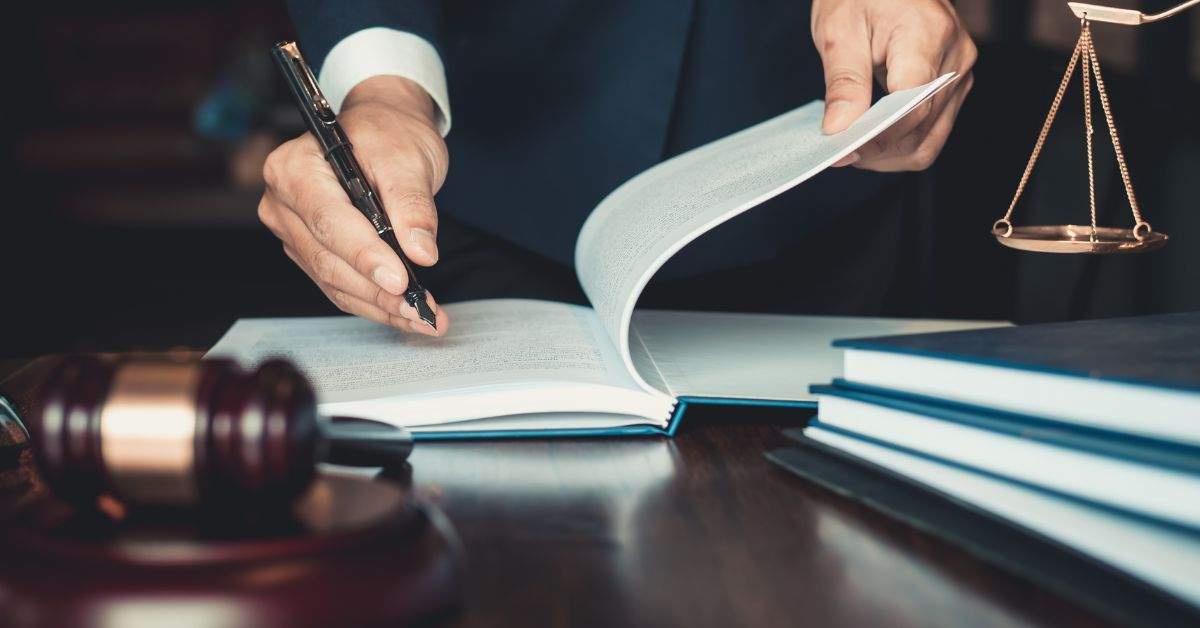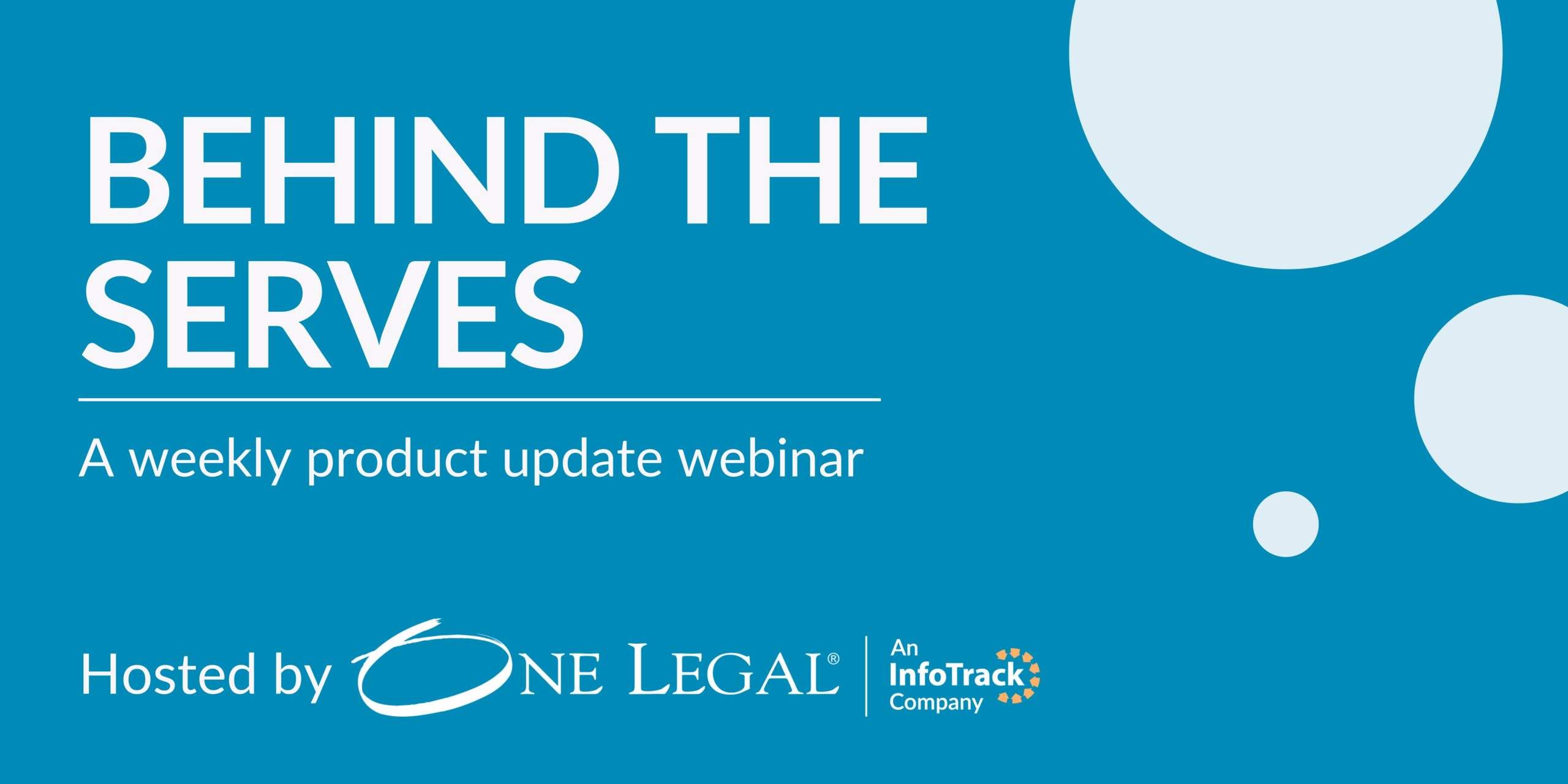Knowing how to build an exhibit list is a crucial part of a legal professional’s job.
A jury trial is very much like live theater. In the courtroom, however, the judge and jury are the audience and the lawyers/witnesses are the actors. And, just like in a live theater, the audience will judge the actors from start to finish.
This is one of many reasons why a seamless presentation of evidence is critical in a trial. If the lawyers are fumbling and bumbling every time they try to introduce an exhibit, the “audience” will surely take note. And if this happens repeatedly, it can have a devastatingly negative impact on the client’s case.
Proper preparation and organization of exhibits are critical to the overall outcome of a trial. Fortunately, this is one area of trial preparation where paralegals and junior associates can have a great impact on the case. If exhibits and exhibit lists are prepared with care, the trial lawyers can present evidence with ease and confidence.
Here are some core tips for building user-friendly exhibit lists and exhibits for trial.
Example of an exhibit list for California
Here’s an example of the kinds of exhibits you can expect to find on a California exhibit list and its associated items. Here’s an example of a blank exhibit list before it’s been filled in.
SUPERIOR COURT OF CALIFORNIA, COUNTY OF [County Name] CASE NO: [Case Number] EXHIBIT LIST
Plaintiff’s exhibits:
- Exhibit 1: Contract Agreement Description: Copy of the signed contract between Plaintiff and Defendant. Relevance: Establishes the contractual relationship and terms between the parties.
- Exhibit 2: Medical Records Description: Copies of Plaintiff’s medical records related to the injuries sustained in the accident. Relevance: Provides evidence of the extent and nature of Plaintiff’s injuries and medical treatment.
- Exhibit 3: Photographs of the Accident Scene Description: Printed photographs depicting the location and conditions of the accident. Relevance: Illustrates the scene and supports Plaintiff’s claims regarding liability and damages.
- Exhibit 4: Expert Report of Dr. Jane Doe Description: Expert report analyzing the medical evidence and providing opinions on the causation of Plaintiff’s injuries. Relevance: Offers expert analysis and supports Plaintiff’s claim for damages.
Defendant’s exhibits:
- Exhibit A: Repair Invoice Description: Copy of the invoice for repairs to Defendant’s vehicle following the accident. Relevance: Demonstrates the cost of repairs and disputes Plaintiff’s claim for excessive damages.
- Exhibit B: Witness Statements Description: Written statements from witnesses present at the scene of the accident. Relevance: Presents alternative accounts of the events, challenging Plaintiff’s version of the incident.
- Exhibit C: Traffic Camera Footage Description: DVD containing footage from the traffic camera at the intersection where the accident occurred. Relevance: Provides visual evidence of the traffic conditions and the actions of both parties involved.
Please note that this is a sample exhibit list, and the specific exhibits and descriptions will depend on the unique circumstances of your case.
It’s important to adapt the exhibit list to accurately reflect the exhibits being presented and their relevance to the specific case in accordance with the California court’s rules and guidelines.
Preparing for trial
Trial preparation involves thorough analysis of the case, legal research, witness preparation, organizing relevant documents and evidence, developing a trial strategy, and conducting practice sessions.
It includes identifying strengths and weaknesses, researching applicable laws, coaching witnesses, organizing exhibits, and coordinating logistics. Mock trials or practice sessions simulate the trial environment.
Preparing pre-trial motions, briefs, and motions in limine, managing witnesses and exhibits, and ensuring smooth trial logistics are also essential. Effective trial preparation requires collaboration with the supervising attorney and careful attention to detail to present a persuasive case in court.
1. Know the rules
Any seasoned litigation professional understands this is the first step for handling just about anything that happens in a courtroom.
The preparation of your exhibits and exhibit list are no exception. Before you begin, you need to check the applicable laws, rules, local rules, and standing orders pertaining to this procedure.
In eFiling courts, your exhibits still need to be bookmarked, but the steps are slightly different as you prepare your PDF filing. To learn more, read our blog post for a simple guide.
Fortunately, many courts (like state courts within California) publish guidelines for exhibits with links to relevant rules and procedures.
While these lists are a great starting place for your research, they should not supplant a thorough individual examination of the rules that apply to your specific venue.
Key considerations for preparing exhibits in California
In California, the rules and guidelines for exhibits are primarily governed by the California Code of Civil Procedure and the California Rules of Court. Here is an overview of some key considerations:
- Admissibility: Ensure that your exhibits meet the requirements for admissibility. California follows the rules of evidence, and exhibits must be relevant, authenticated, and not subject to any applicable exceptions or exclusions.
- Marking exhibits: Each exhibit should be marked with an exhibit sticker or label for identification. Typically, exhibits are sequentially numbered (Exhibit 1, Exhibit 2, etc.) or lettered (Exhibit A, Exhibit B, etc.).
- Exhibit list: Prepare an exhibit list that includes a description of each exhibit and its corresponding exhibit number or letter. The exhibit list should be filed with the court and shared with opposing counsel before trial.
- Pre-marking exhibits: In some California courts, exhibits may need to be pre-marked before trial. Check the local rules or judge’s instructions to determine if this requirement applies.
- Demonstrative exhibits: Consider using demonstrative exhibits, such as charts, diagrams, or visual aids, to enhance the presentation of your case. These exhibits should be prepared in advance and may require court approval before use.
- Authentication: Ensure that your exhibits are properly authenticated. This may involve obtaining witness testimony, affidavits, or certifications to establish the authenticity and relevance of the exhibits.
- Objections and motions in limine: Be prepared to respond to objections regarding the admissibility of exhibits raised by opposing counsel. Consider filing motions in limine to address any evidentiary issues before trial.
- Digital exhibits: In some cases, digital exhibits may be presented in court. Ensure that digital exhibits are properly formatted, organized, and accessible for presentation. Follow any local rules or court requirements regarding the use of digital exhibits.
- Chain of custody: Maintain a clear chain of custody for physical exhibits, documenting their handling, storage, and transfer to ensure their integrity and admissibility. Be prepared to provide supporting documentation or testimony if necessary.
2. Have enough copies on hand for trial
As you prepare your exhibit list for trial, you will no doubt be simultaneously preparing the actual exhibits for presentation. Much has been written about this process. It is important, however, not to forget the basics.
For example, your exhibit binder should contain at least three copies of each exhibit:
- An original that will be entered into evidence.
- A copy for opposing counsel.
- A copy for your own use.
This sounds simplistic but if you forget this basic step and need to stop the trial to make copies, your team may suffer from the perception that you were ill-prepared to try the case.
3. Make your exhibits easy for use in court
Organize physical exhibits in labeled binders or create digital presentations that can be easily accessed and presented in court. Ensure that the exhibits are presented clearly and comprehensively.
Your exhibit list will, of course, include numbered exhibits. Just because you’ve numbered something in a certain order pre-trial does not mean that is how those exhibits will be entered into evidence at trial.
You can help court staff by placing blank “Exhibit #” stickers on each item your side intends to introduce. This way, exhibits are quickly and efficiently tracked by the court and the parties throughout the trial. Perhaps more importantly, court staff will not have to stop the trial to apply their own exhibit markings.
4. Make sure your internal exhibit list is user friendly
When creating user-friendly internal exhibits, focus on clear organization, simplifying complex information, using visual elements, employing concise language, and highlighting key points.
Incorporate headings, subheadings, and sections for easy navigation, ensure plain language is used, and provide summaries or executive summaries for quick reading.
User-friendly internal exhibits are meant to improve communication and understanding within your legal team or firm when preparing for trial.
As noted in the first tip, you absolutely must follow the laws and rules in preparing the exhibit list that you present to the court and opposing counsel.
Note, however, that your internal exhibit list may vary slightly from the formal list so that it is easier for the attorneys to use at trial.
The easiest way to do this is to prepare an Excel spreadsheet that can be searched by date, relevant witness, document number, or description.
You should also be in communication with the actual trial attorneys to see exactly how they want the internal list organized.
5. Think about objections to each item on the list
In a perfect world, your team could introduce every exhibit into evidence at trial. In reality, however, your opponents will levy all sorts of objections to the evidence you seek to introduce.
If you want to make yourself invaluable to your team, try to expect those objections and do the research necessary to try to overcome the objections.
Some of the most frequent objections that may be raised regarding items in exhibits are:
- Relevance: An objection based on relevance argues that the item being offered as an exhibit is not directly related to the issues in the case or does not have a logical connection to the facts being presented.
- Hearsay: Hearsay objections are raised when an item in an exhibit contains an out-of-court statement offered for the truth of the matter asserted. Hearsay evidence is generally inadmissible unless it falls under an exception or exclusion.
- Authentication: An objection based on authentication asserts that the item has not been properly identified or verified as genuine or related to the case. The proponent of the exhibit must present sufficient evidence to establish its authenticity.
- Best evidence rule: The best evidence rule objection challenges the introduction of a copy or secondary evidence when the original document or item is available. The rule generally requires the presentation of the original document unless certain exceptions apply.
- Privilege: An objection based on privilege asserts that the item in the exhibit is protected by attorney-client privilege, work-product privilege, or another recognized privilege, and should not be disclosed or admitted into evidence.
- Improper foundation: An objection of improper foundation argues that the party offering the exhibit has not laid the proper groundwork or provided sufficient context or testimony to establish its relevance, authenticity, or accuracy.
- Misleading, confusing, or prejudicial: An objection may be raised if an item in the exhibit is likely to mislead the jury, confuse the issues, or unfairly prejudice one of the parties.
- Character evidence: Objections based on character evidence challenge the introduction of evidence related to a person’s character traits or character for a specific purpose, as character evidence is generally limited in its admissibility.
- Unfairly cumulative or duplicative: An objection may be raised if the item in the exhibit is repetitive or duplicates other evidence already admitted, potentially unnecessarily consuming time or confusing the issues.
6. Be prepared with respect to technology
Modern trials often include much more than documentary evidence. Your team may need to introduce videos, social media posts, pictures, or electronic renderings prepared by forensic experts.
Some courts now mandate that even documents be presented in an electronic format. Once you understand your specific court’s technology capabilities and requirements, undertake a thorough analysis of how your team will use that technology at trial.
Moreover, you should take charge of ensuring that you and/or your team know precisely how to use that technology once the jurors have been seated.
You should also find a way to note on your internal exhibit list exactly which type of technology each exhibit will require at trial so that attorneys aren’t left fumbling at the exact moment they need to introduce that evidence.
There are millions of things to do as your trial date approaches. Save yourself a headache, create your exhibit list, and make finishing exhibit preparation a top priority sooner rather than later.







